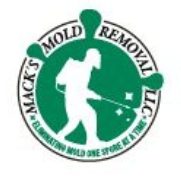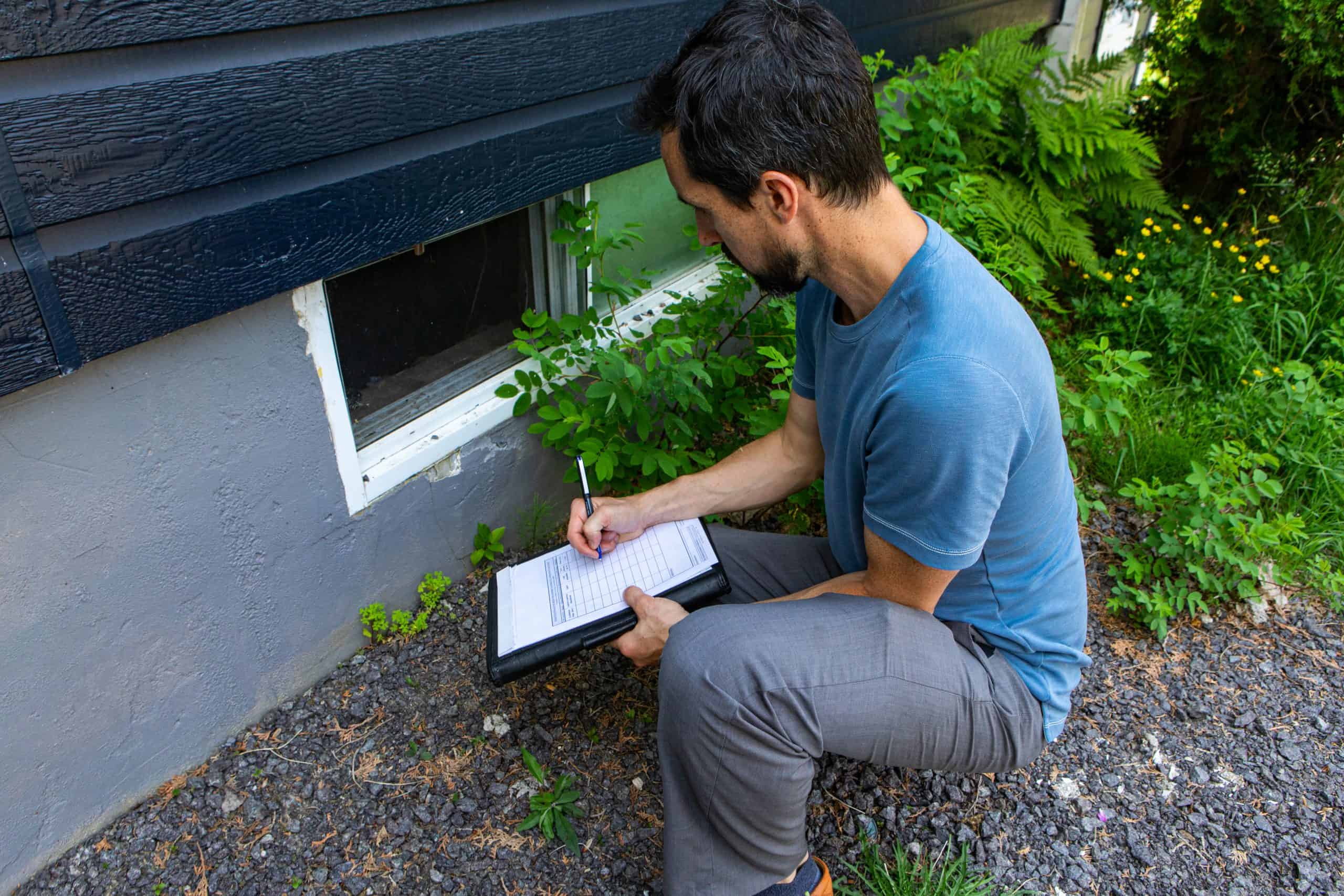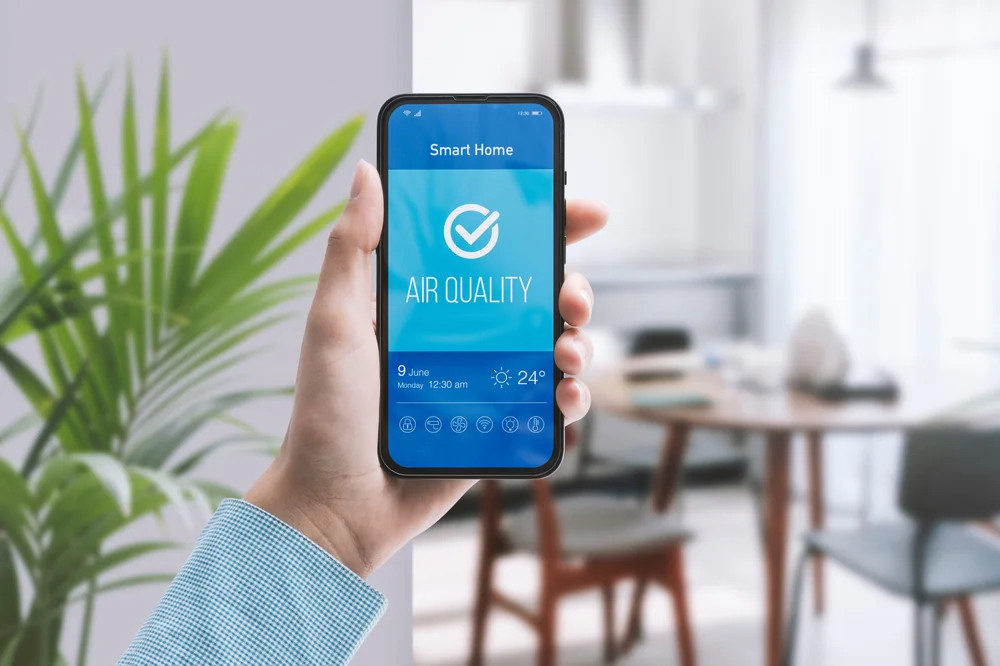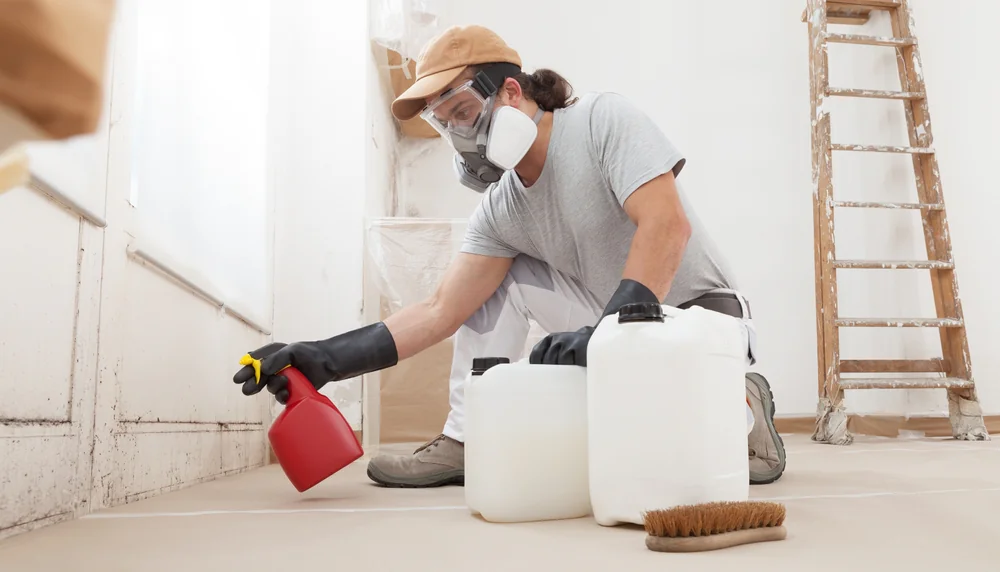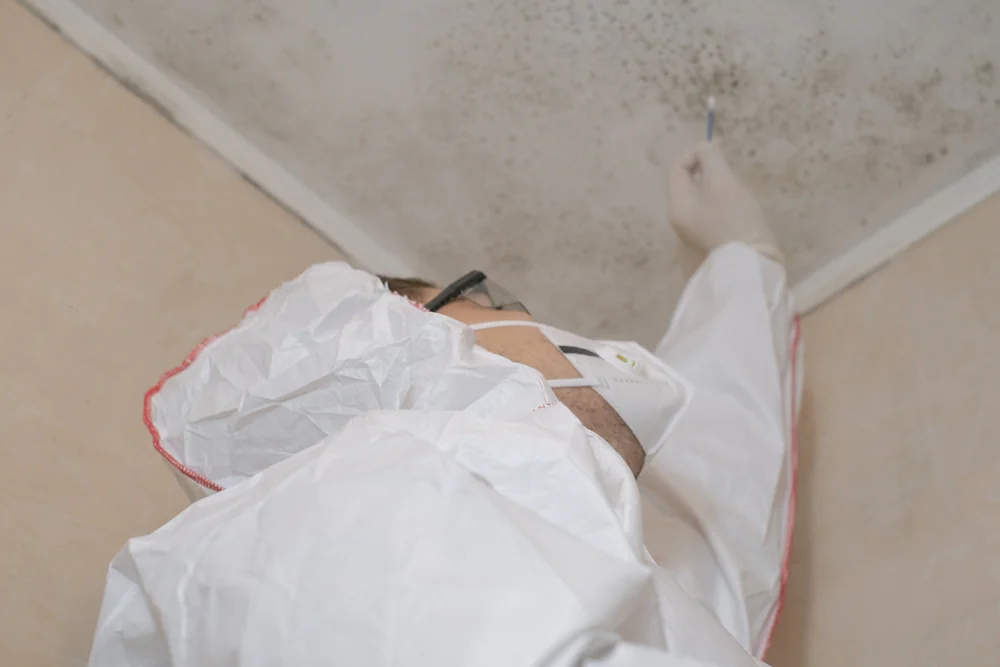Summary:
Why Air Quality Monitoring Matters for Your Home
Regular air quality monitoring acts as a checkup for your home’s respiratory health. Indoor air can contain various pollutants, with mold spores being a common concern, especially in areas susceptible to dampness. Left unaddressed, these spores can trigger allergies, worsen asthma, and cause other respiratory discomforts. In Bucks County, factors like humidity fluctuations and older home constructions can sometimes foster mold growth. Therefore, periodic environmental testing, specifically a home air test for mold, allows for early mold detection. Identifying issues promptly enables you to take corrective actions, helping to maintain a healthier atmosphere indoors for your family.
Common Techniques for Mold Detection
Professionals use several reliable methods for mold detection within a property. Firstly, air sampling is frequently performed using spore trap devices (like Air-O-Cell cassettes). These devices draw a measured volume of air across a sticky slide, capturing airborne particles, including mold spores. Secondly, surface sampling involves directly testing areas where mold is suspected or visible. This might use sterile swabs to collect material for lab culture or clear adhesive tape lifts to capture mold structures directly from a surface. Both air and surface samples are typically sent to an accredited laboratory for microscopic analysis to identify mold types and concentrations.
The Link Between Indoor Air Quality and Well-being
The quality of the air you breathe indoors has a direct link to your physical well-being. Elevated levels of mold spores constitute a form of air pollution that can lead to health issues. Symptoms may include persistent coughing, sneezing, itchy eyes, skin rashes, or worsening of conditions like asthma. For sensitive individuals, these effects can be quite pronounced. Therefore, performing air quality testing when mold is suspected helps determine if indoor air quality is contributing to health problems. Understanding the air quality allows for targeted improvements, such as fixing leaks, increasing ventilation, or professional remediation if necessary.
Want live answers?
Connect with a Mack's Mold Removal expert for fast, friendly support.
The Process of Professional Environmental Testing
When you arrange for professional environmental testing for mold, the process is systematic. Technicians from Mack’s Mold Removal typically begin with a visual inspection of the property, looking for signs of water damage or visible mold growth. Based on observations and your concerns, they determine the most appropriate sampling strategy. Next, they collect air and surface samples using calibrated equipment and careful procedures to avoid cross-contamination. For instance, an outdoor air sample is often taken as a baseline comparison. Samples are documented and sent to an independent laboratory. Finally, upon receiving the lab report, the professionals interpret the findings for you, explaining the types and levels of mold detected and recommending next steps.
Interpreting Results and Choosing Test Types
Different air quality testing methods provide different insights. The results of air sampling reveal the concentration and types of spores that are currently circulating, suggesting potential inhalation hazards. Significantly higher indoor spore counts compared to outdoors, or the presence of certain indicator mold types (like Stachybotrys), suggest an indoor amplification source. Surface sampling confirms if a visible discoloration is indeed mold and identifies the type. Choosing the right combination of tests depends on the situation; for example, air testing is useful when mold is suspected but not seen, while surface testing confirms visible growth. Consulting with Mack’s Mold Removal helps determine the best testing plan for your Bucks County property to get clear answers.
Using Test Results for Long-Term Prevention
Air quality testing doesn’t just identify a problem; it guides solutions. If testing reveals high spore counts linked to the HVAC system, duct inspection and cleaning might be advised. If results point to a specific area like a basement, recommendations might focus on dehumidification or foundation sealing. Following mold removal, post-remediation verification testing can confirm the cleanup was successful. Furthermore, understanding the baseline air quality helps in ongoing air quality monitoring. Implementing preventative measures like controlling humidity (below 50%), using exhaust fans, and promptly repairing leaks becomes more targeted after professional testing provides specific information about your home’s conditions.
Achieving Better Air Quality in Your Bucks County Home
In summary, air quality testing is a valuable tool for identifying hidden mold contamination and assessing the health of your indoor environment. By employing methods like air sampling and surface testing, homeowners in Bucks County can gain clarity about potential mold issues. Professional environmental testing provides reliable data to guide remediation and prevention efforts. If you have concerns about mold or your property’s indoor air quality, taking action is simple. Contact Mack’s Mold Removal today to discuss scheduling a home air test and learn more about maintaining a healthy living space.
